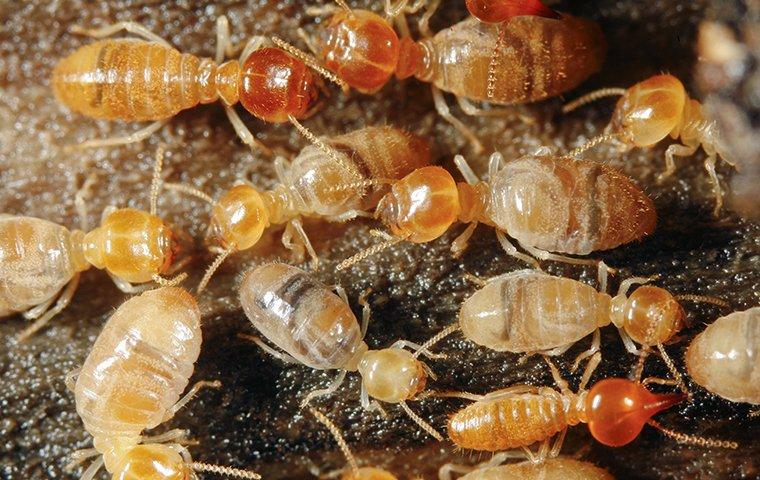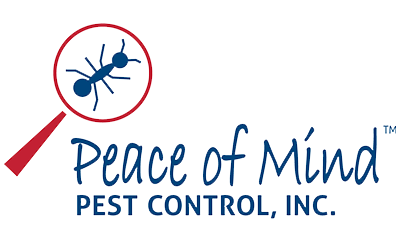Termites most often are mistaken for winged ants as they look alike. But the difference between the two is important for proper control of pests. Otherwise, they will severely damage your home or, at worst, destroy it. Winged ants, though not as harmful as termites, are important to distinguish as needful action may be required on your property. In this post, we will discuss the primary differences between them regarding their physical characteristics, behavior, and what they entail in homes.

Physical Differences
Body Structure
One of the most outstanding differences lies in body structure. Termites have their waist lying straight with uniform curvature hence, apparently more streamlined in body shape. On the other hand, winged ants generally have a pinched waist just like other ants giving them an almost more defined body.
Wings
Both insects have wings, but there are distinct differences. Termites have two pairs of wings that are equal in size and shape. Their wings are longer than their body and tend to be fragile. Winged ants also have two pairs of wings, but the front pair is larger than the back pair. This difference in wing size is a quick way to identify them.
Antennae
Antennae are another feature that sets them apart. Termites have straight, beaded antennae, which are uniform in thickness. On the other hand, winged ants have elbowed antennae that bend like an arm joint. This feature can help in distinguishing between the two.
Behavior and Habits
Nesting
Termites are known for their hidden nests. They often build their colonies underground or within wooden structures, making them hard to spot. Winged ants typically return to their parent colony after mating and are usually seen near windows or lights during swarming.
Feeding
Feeding habits are another area where these insects differ. Termites feed on wood and other cellulose materials, which is why they are so harmful to homes. Winged ants, however, do not eat wood; they prefer sweet substances and proteins, making them less of a threat to wooden structures.
Impact on Homes
Damage
The damage caused by termites is often severe, as they can compromise the structural integrity of a building by eating away at wood. They work silently, often going unnoticed until significant harm has been done. Winged ants, while they can be a nuisance, do not cause the same level of damage since they do not consume wood.
Signs of Infestation
Knowing the signs of infestation can help in early detection. Termites often leave behind mud tubes on walls or foundations as they travel between their nest and food source. You might also notice discarded wings near windowsills. Winged ants, however, are usually seen in large numbers during their swarming phase, often near light sources.
Expert Termite Solutions for Lasting Protection
Understanding the differences between termites and winged ants is essential for protecting your home. While both have wings and may look similar, their body structure, wing size, and antennae are key identifiers. Observing their nesting and feeding habits can also provide clues. Most importantly, termites pose a greater threat to homes due to their wood-eating habits. For those living in areas like Modesto, considering professional termite control can be crucial in maintaining the safety and integrity of your property.
Don’t let pests threaten your home’s integrity. Choose Peace of Mind Pest Control for expert termite control in Modesto. Protect your property today with our professional, reliable services. Your peace of mind is just a call away!





